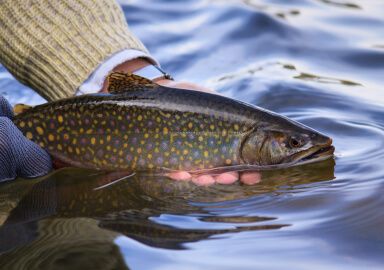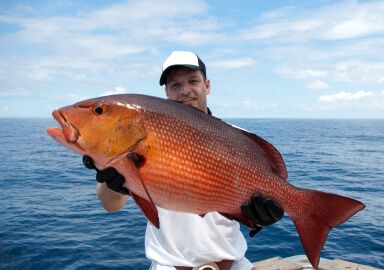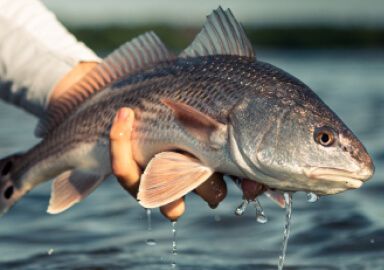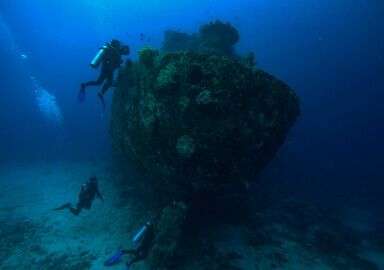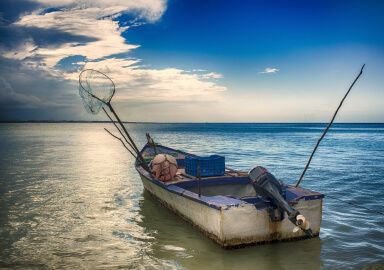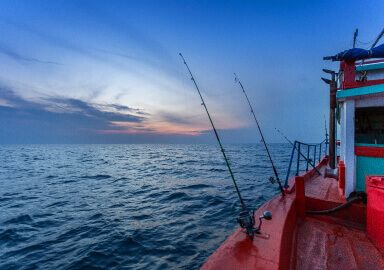Flats Fishing
Flats fishing is fishing over large areas of flat bottomed shallow water, which requires unique approaches and techniques, and rewards you with an awesome fishing experience.
View 120 listings
120
listings
–
price starting from
20
countries
162
fish species
–
to the nearest trip
About Flats Fishing
If you look at the map, you’ll see that most flats fishing offers are located in Florida. This is not an accident. Florida Keys flats fishing is in a class in itself, and many anglers travel there specifically for the experience. The Sunshine State is not the only place in the world where you can find flats suitable for fishing. From Louisiana to Texas, you may find flats fishing across the Gulf of Mexico, and far beyond that. In fact, there are flats fishing offers all over the world, and even some freshwater opportunities may be accurately described as flats fishing.
The term “flats” is used to describe a large shallow area of saltwater, with more or less even bottom and constant depth. Such areas are often found in bays and nearshore areas. While you may not expect to find monsters such as tuna or swordfish like offshore, the flats are actually excellent fish habitat. Shallow, calm and warm waters are great for growth of water vegetation, which feeds small fry and invertebrates. These, as well as colonies of oysters and other seashells provide a food base to bigger fish such as tarpon, permit, and bonefish.
Flats fishing does not require any specialized fishing tackle. Most anglers use conventional light tackle, spinning or fly fishing; as for lures, poppers seem to be tailor made for flats fishing. But it does require a special approach. The angler must be able to judge the layout of the bottom, identify the key areas, such as channels, grass beds, oyster bars, and open areas, and put the lure or fly where the fish may grab it. The ultimate flats fishing experience is fishing by sight, using the same techniques that fly-fishers developed for catching trout and salmon in clear mountain streams.
The rules of thumb of flats fishing are, first, that baitfish tends to hide in the grass beds, while the predators either do the same or cruise around them looking for dinner. As the tide drops, the fish retreat near to the channels, where it can escape to deeper sea and avoid being stranded, as it rises, the fish may come to explore the freshly submerged areas. When fish are there, you should be able to detect its presence by visual signs, such as baitfish jumping out; waters that seem lifeless probably are.
Success of flats fishing depends heavily on local knowledge, including knowing how the area looks like at low and high tide, to avoid being stranded or having to swim. Fishing guides who offer flats fishing not only have this knowledge to spare, but will also supply you with the necessary equipment, including kayaks and boards. The only things that you really need to provide for yourself are polarized sunglasses and lots of sun protection!



